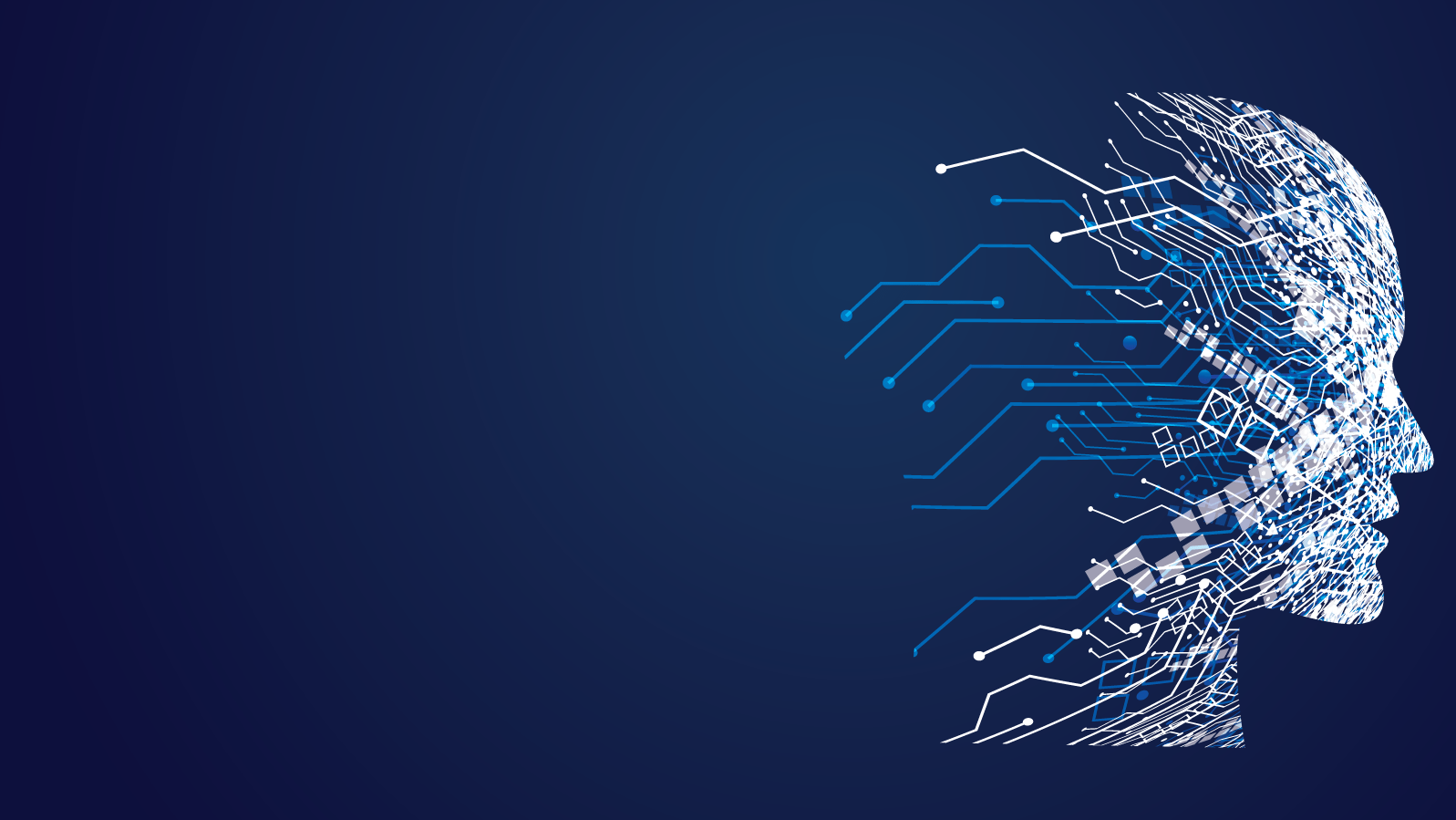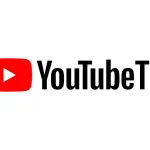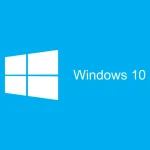The internet is overloaded with learning resources, and people face a lot of confusion while choosing the right course to learn data science. There has been an increase in the number of analytical techniques and tools under training and application providers. If we try to believe the projections and trends, this is probably just the initial phase of growth. It gets very stressful for students and the professionals who are switching their industry to choose if to learn data science with R or SAS, or should one learn big data techniques and tools, but then how about machine learning? And when to learn the visualization tools? You might have come across most of these questions in your mind already. But the question which arises is how to choose the best course.
Let us start with having a structured questionnaire. It would help if you asked the following questions to decide which you can use in various stages of your career to find your next learning step.
- Which tool should I learn?
- Which techniques should I focus on?
- How do I learn?
- Where can I learn?
The answer for the question number 1 and 2 should be in the form of steps or levels. You can start from, say, level 0 and then move ahead with one step at a time. In case you are a fresher, you need to start from level 0 anyway. So, you would go with level 0 of the tools and also level 0 of the techniques. Another case can be where you are a fresher but have a statistics background. In this case, you can start with level 1 of tools and level 1 of techniques, assuming that you know Excel. Once you know which tool you will be using to learn data science, you can go to the third and fourth levels of the process.
Which tool should I learn?
| Level | Tool | Description |
| 1 | Excel | Excel is the first and foremost thing you should be learning. You should be able to play with pivot tables; you should also be able to do general data manipulations and know how to apply lookups. |
| 2 | SAS/ Python/ R | You can choose any of the languages from SAS, Python, and R to learn data science. |
| 3 | Tableau/ QlikView/ D3.js | Your repository should also be added up with at least one of the visualization tools. |
| 4 | Big Data tools | Big data tools will have multiple steps or levels, starting with the Hadoop stack – HBase, HDFS, Spark, Hive, Pig. |
| 5 | NoSQL Databases | You can learn NoSQL Databases and can start learning one of the most known, MongoDB. |
With the table given above comes two exceptions—the first one being a change in the level. If you come from a reporting or MIS background, you can start with learning visualization tools like Tableau and QlikView, your level 2, and then go for level 1. The second exception is when you come from a web development or software engineering background. If you already know python or java by any means, you start from level 3, which is big data tools.
Which techniques should I focus on?
Hopefully, you have figured out the tools which you should be learning. Let us now get into the techniques which you should be learning. The structure remains the same. Let’s get into it.
| Level | Technique |
| 1 | Statistics basics – Inferential and descriptive statistics |
| 2 | Predictive Modelling basics – Time Series, Regression, ANOVA, Decision trees. |
| 3 | Other machine learning techniques. (Except for Neural Nets) |
| 4 | Deep Learning and Neural Nets. |
How do I learn?
The way you learn depends on two factors. Firstly, resources and time you can spend to learn, and the second factor is your self-learning motivation. On one end are the courses offered by famous universities like MIT/ Stanford/ North Western. You will be spending your money to learn and get mentorship from industry experts for the specified duration. On the other end comes your motivation for self-learning. If you think you can learn on your own, there are many free online courses to learn data science. Here your investment will be zero, but you need to make time to complete the course.
Where can I learn?
Considering that you have been following the tips above to know what you need to learn and how you do it, you need to shortlist the best option for you. You can talk with professionals in the same field and get information from them to know where you can learn. In case you don’t have any known person in this field, and if you have no idea at all. You need not worry. We have got the best resource where you can learn data science.
Simplilearn, one of the trusted learning resources, provides a free course on data science with R, where you will learn the basics of data science with R programming. You will become an expert in data structures, data exploration, and data visualization with this course. This course offers work-ready preparation that is essential for all the aspiring data analysts, scientists, and professionals who want to establish their career in data science. The program will cover regression analysis, statistics, clustering, and classification. Well, if you ask the investment needed for this course, it’s ZERO. It’s a free course, which is 6-hour long. Make sure you enroll in this course to make full use of it.
Conclusion
You’re done! Yes. If you have read this article thoroughly, you will know how you will choose the best course for learning data science. Hopefully, the structured questionnaire will help you get all the doubts cleared, and it has been explained pretty well such that you can make the best possible decision referring to it. You can also refer to the course suggested in the “Where Can I Learn” section to kickstart your journey in Data Science.







